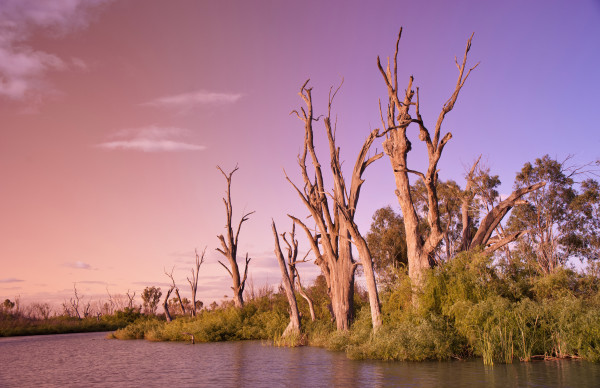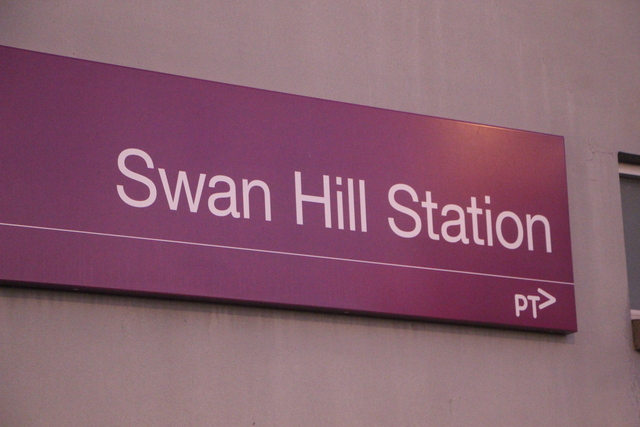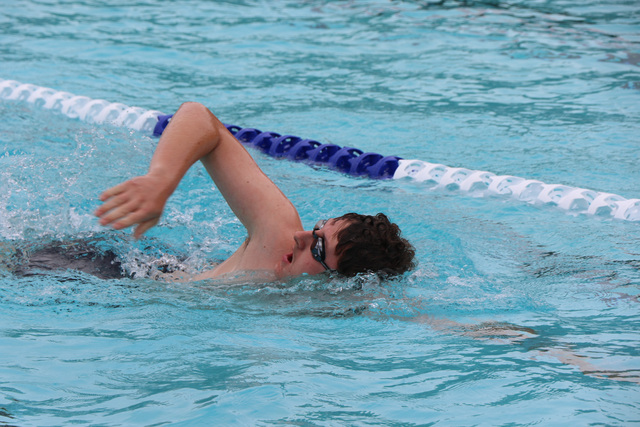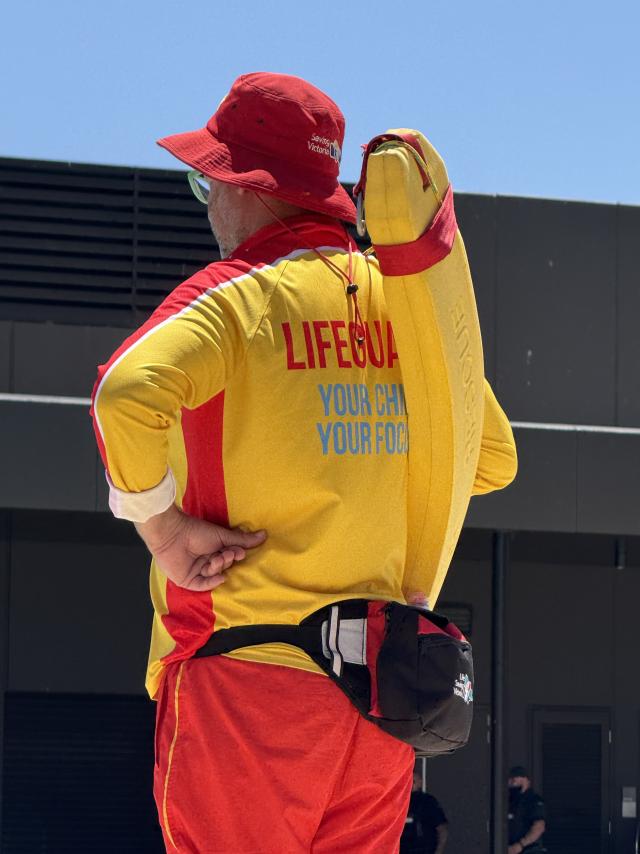THE NSW Government on Thursday released the NSW Alternatives to Buybacks Plan, hoping to minimise the impact of voluntary water buybacks on Murray-Darling Basin communities.
While supporting the delivery of the Murray-Darling Basin Plan in full, the NSW Government’s plan is designed to maximise water recovery and environmental outcomes through non-purchase measures such as infrastructure and rule changes.
“Our focus is on delivering existing projects and putting forward new proposals that are supported by communities and will contribute to the water-recovery targets in the basin plan,” it read.
“We expect the Australian Government to pursue these opportunities and make timely and transparent decisions before considering moving to water buybacks.”
The plan suggests that Sustainable Diversion Limit Adjustment Mechanism projects contribute to the return of 605 gigalitres of water annually to the river system so more remains for town supplies, industry and agriculture. It also suggests maximising recovery towards the 450GL of additional environmental water from investment in non-buyback projects and infrastructure.
While the alternative plan has reignited discussion, NSW Irrigators’ Council chief executive Claire Miller said basin communities were still at the mercy of the governments “getting on with the job”.
“This is an extremely frustrating situation for basin communities and farmers worried about whether they have a future under this new basin plan,” Ms Miller said.
“We are sick of finger-pointing over the years between the state and Commonwealth for why projects have not already been assessed, approved, funded and delivered, much less new ideas identified and progressed.
“The Federal Water Minister is clearly determined to prioritise buybacks over all other options.”
The first water buybacks since 2020 were completed by the government last week, with 26GL of water – the equivalent of 10,500 Olympic-size swimming pools – recovered for the Lachlan, Namoi and NSW Murray catchments following a tender process.
This water is part of the Bridge the Gap target, which is part of the original basin plan legislation of buying back 2100GL for environmental water, of which there is now still 18GL to recover. This water is not a part of the 450GL environmental water recovery target.
Ms Miller said the alternative plan also demonstrated how difficult further water recovery would be in practice.
“We can see buybacks are not proving the quick, cheap and easy option the federal minister was hoping, with shortfalls in the Bridging the Gap program despite paying well over market rates,” she said.
“Most frustrating of all is that further water recovery is not necessarily for the health of the rivers – the biggest degradation drivers are now invasive species like European carp, cold water pollution, and poor policy directing river operations wrecking water quality and habitat.
“The billions of taxpayer dollars being poured into further water recovery should be spent on fixing what’s making our rivers sick if the governments are serious about improving river health.”
Member for Murray Helen Dalton has labelled the alternative plan a “cop out”.
“This so-called plan is just a wish-list of projects that don’t stack up and will never be taken up by the Commonwealth,” she said.
“If the NSW Government really wants to protect regional communities, it needs to ban Commonwealth buybacks from our state.”
In a TV interview last year, Ms Plibersek denied that she preferred water buybacks to water-saving infrastructure projects.







